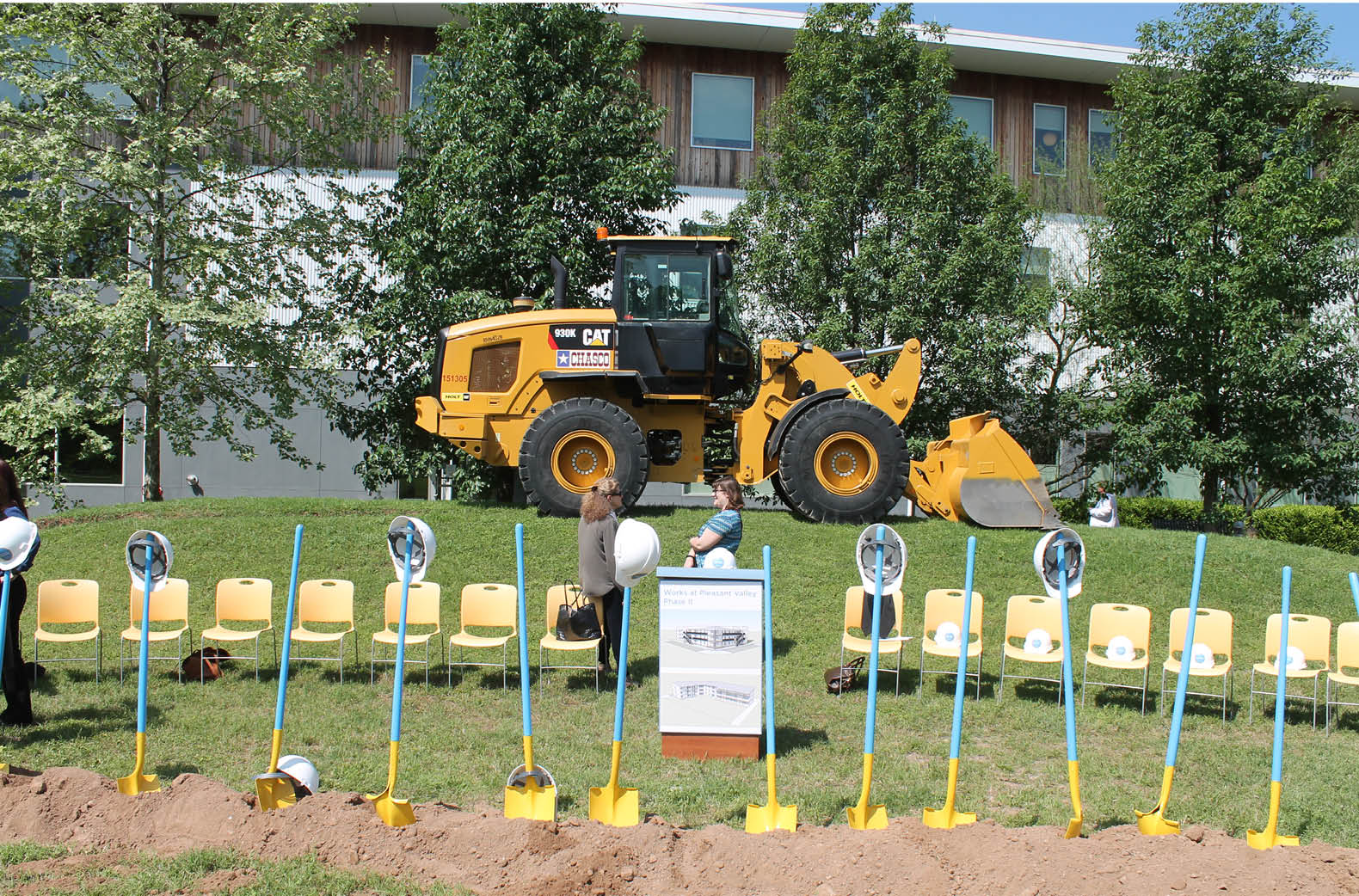Growing Pains

Creating a safety net while in transition
Words by Jessi Devenyns Photo by Will Bowling
Lifeworks plans to end youth homelessness through programs like affordable housing.
As Austin grows, so too do all segments of its community including the homeless youth population. Unfortunately, the systems that serve as a safety net for this vulnerable population are not able to grow at a rate that can keep pace with the exploding numbers. Not even Lifeworks, who for decades has provided transitional living programs for homeless and at-risk youth of Austin, has the capacity to shelter hundreds of youth who call the pavement of our city ‘home.’
“We’re just not keeping up with the population,” says Lifeworks Executive Director Susan McDowell who explains that the “risks for youth falling into homelessness are exacerbating with that growth.” Although Lifeworks currently houses 140 youth in their housing units in East Austin, “At the same time, we haven’t necessarily made any progress in reducing youth homelessness,” laments McDowell.
In the hopes of changing the statistics, McDowell shares that a year ago, Lifeworks elected to alter their approach. Now, instead of independently providing supportive services, they are working with community partners, most notably with Mayor Steve Adler and Mayor Pro Tem Kathie Tovo, to end youth homelessness by 2020. Ending youth homelessness does not necessarily mean 100 percent eradication of the systemically problematic state. “It means making it rare, it means making it brief, and making it non-recurring,” clarifies McDowell.
Although there are several avenues through which Lifeworks is pursuing this goal, one of the most tangible is their affordable housing program. In 2008, the non-profit purchased six acres of land in East Austin where they planned to construct a resource center alongside transitional and affordable housing. Their Works I project, which has been complete for several years, offers 45 units for families who are at 30-50% of median family income.
Works II, which recently had its groundbreaking ceremony, will offer 29 additional housing units for youth and families at 30, 60, and 80% of the median family income. “Twenty-nine is about the right size for an apartment that is focused on a specific population. It allows us to provide the right level of service support,” explains McDowell. However, she admits that there is still a gulf between their 74 soon-to-be units and ending youth homelessness.
“Now we’re having to think very creatively in this very land-expensive town about how we put more housing on the ground.” McDowell articulates that doing so involves engaging in a bigger goal of community preservation. “We have to use every bit of land and resource at our disposal to put more housing on the ground, not just for youth but in a wider context to preserve affordability in the central city.”
Contact:
835 N. Pleasant Valley Rd.
lifeworksaustin.org










